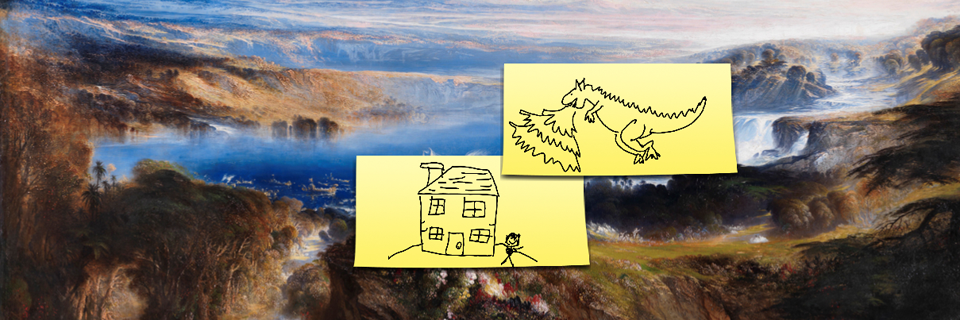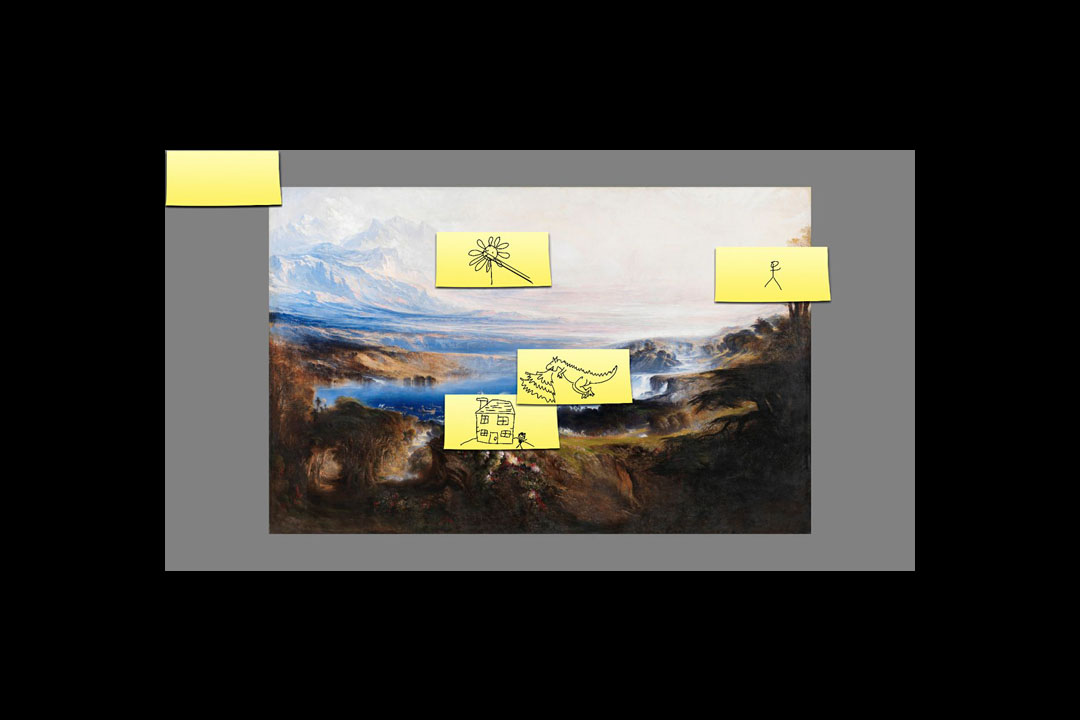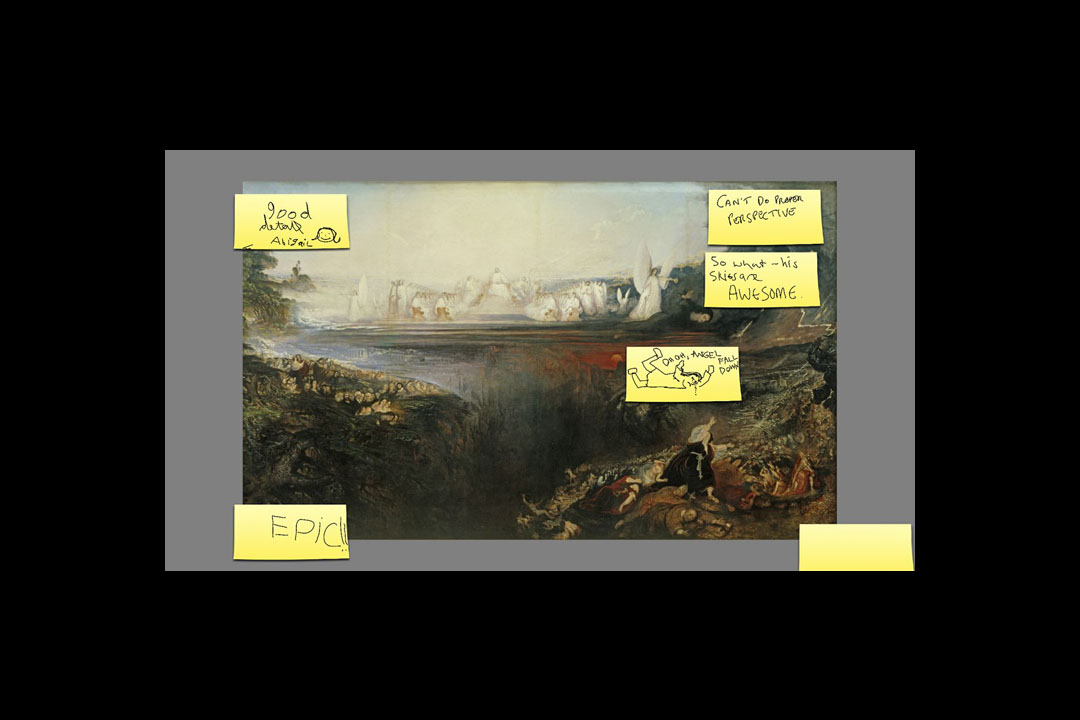Digital memo wall

This project builds on a Lab4Living ‘Field Lab’ project at Sheffield Hallam University. The Field Lab put different objects (artifacts, photographs, writing, videos etc.) into a maze like structure that participants then moved around, interacting with the objects. Public feedback data was collected in the form of wipeable 'graffiti' areas on which participants were encouraged to comment. The Field Lab graffiti walls were seen to act as a powerful tool for eliciting information from participants that was both unique and novel.
The digital memo wall is a creative device for capturing and evaluating public feedback and engagement at research events. This project builds on a Lab4Living ‘Field Lab’ project at Sheffield Hallam University. The Field Lab put different objects (artifacts, photographs, writing, videos etc.) into a maze like structure that participants then moved around, interacting with the objects. Public feedback data was collected in the form of wipeable 'graffiti' areas on which participants were encouraged to comment.
The Field Lab graffiti walls were seen to act as a powerful tool for eliciting information from participants that was both unique and novel. Participants could act anonymously and interact with previous visitors, creating narratives. Although the feedback generated by the graffiti walls was insightful, the method had limitations in that recording and analysis was time consuming and lacked data on the chronology of the comments and other metadata relating to the participants.
These early tests have led to the development of a digital memo/note system as part of a digital tool for gathering research data. Pilot studies at The Building Centre, London, and Millennium Gallery, Sheffield, informed the development of the user-centred data collection system that can be operated in the context of an audience’s real-time experience. The memo wall can be used to gather both qualitative and quantitative information as a useful tool in the development of a mixed approach to data gathering for designers, engineers, social scientists and ergonomicists amongst others.
This project was funded by HEIF and the ADRC.
Contributing staff: Paul Chamberlain, Alaster Yoxall, Joe Langley, Heath Reed, Cóilín O’Dubhghaill, Liliana Rodriguez.
Digital memo wall




